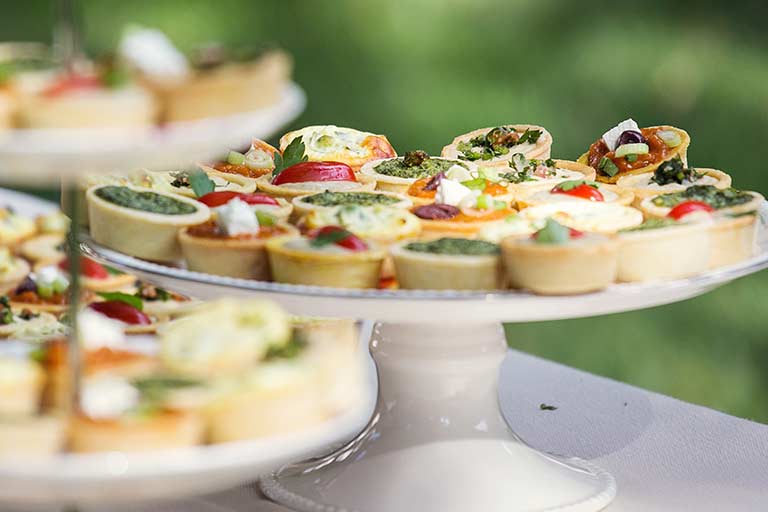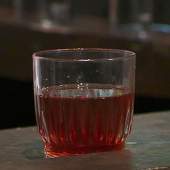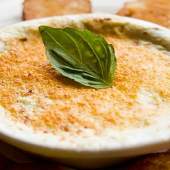Appetizers (and Hors d’oeuvres)

“Many of the great cuisines of the world…have long recognized that dawdling over small servings of many different dishes, sharing tidbits and discoveries, not only stretches out a pleasant social evening but bonds friends together in a very emotional way. In fact, the very word ‘companion’ comes from the Latin com panis, or ‘with bread,’ meaning the person you share meals with — friendship defined by dining.”
— Eve Zibart, The Washington Post
Nothing says “upscale party” quite like fancy hors d’oeuvres, right? There you are, in black tie or a little black dress, juggling a glass of wine or a cocktail and an artful bit of “finger food” (or several of them on a plate if there’s a buffet), while also attempting to carry on a convivial conversation. Perhaps this fare is the prelude to an elegant dinner…or maybe this IS dinner, if the hors d’oeuvres (English translation: “outside of the work”) are plentiful and hearty enough. And, as you will see, “hors d’oeuvres as dinner” is not a new concept.
Are hors d’oeuvres the same as appetizers, intended to whet the appetite? Not necessarily, especially in American “family” restaurants, where the “appetizer” or “starter” tends to be part one of a three-course meal and often means a large platter of something meant to be shared — stuffed mushrooms, mozzarella sticks, potato skins, buffalo wings, crab cakes, or perhaps that ubiquitous “Bloomin’ Onion.” And these are not offered to whet the appetite so much as inspire thirst — it’s not a coincidence that most of these foods are pretty salty, in order to encourage the diner to order more and larger beverages. (A successful business model for centuries.) Of course, many people order an appetizer as their meal, which may not be particularly healthy, but is generally economical.
Almost every culture, back to the ancient Greeks, has a long tradition of serving small portions of meats, nuts, olives, and other vegetables (not unlike what is included in the relish tray on the table at a supper club today) to stimulate the appetite for what comes after. In some cases — say, among the French aristocracy in the 17th century — the entire meal consisted of small plates of elaborate hors d’oeuvres that could include anything from pickled eggs, quails, oysters, and bits of meat and vegetables baked in pastry to other dainty delicacies; this was known as dining à la française. This custom did catch on in America, but the small plates were mostly served prior to the soup, between courses, and prior to dessert, to cleanse the palate between each.
By the way, while we’re on the subject of hors d’oeuvres in American history — you should know that they almost had another name. In April 1937, the New York Times reported that local restaurateur George Rector, who loathed the “strangling, gargling word” hors d’oeuvre, decided that they merited another, more American name. A Texas Congressman, Maury Maverick, had previously suggested that they be called “dingle-doos.” Recoiling at that (and rightly so — imagine if it had caught on!), Rector declared that in honor of the Congressman spending some of his valuable time on this very important issue, the name should be “mavericks,” which, he said, “means an unbranded stray horse or steer, wandering off by itself and any man’s for the taking.” Rector sent a telegram to Maverick outlining this flattering notion, but the Congressman’s response is unrecorded, and the idea seems to have gone nowhere. Just as well, or we’d all be scarfing down “mavericks” with our martinis.
A few popular finger foods around the world: Russian zakuski; Middle Eastern mezze; Vietnamese do nhau (“little bites”) and cha gio (spring rolls); Indian chaat; Thai kanto; Indonesian satays; and, of course, French canapés. Delicious by any name! Except, possibly, “dingle-doos.” (Sorry, Congressman Maverick.)





